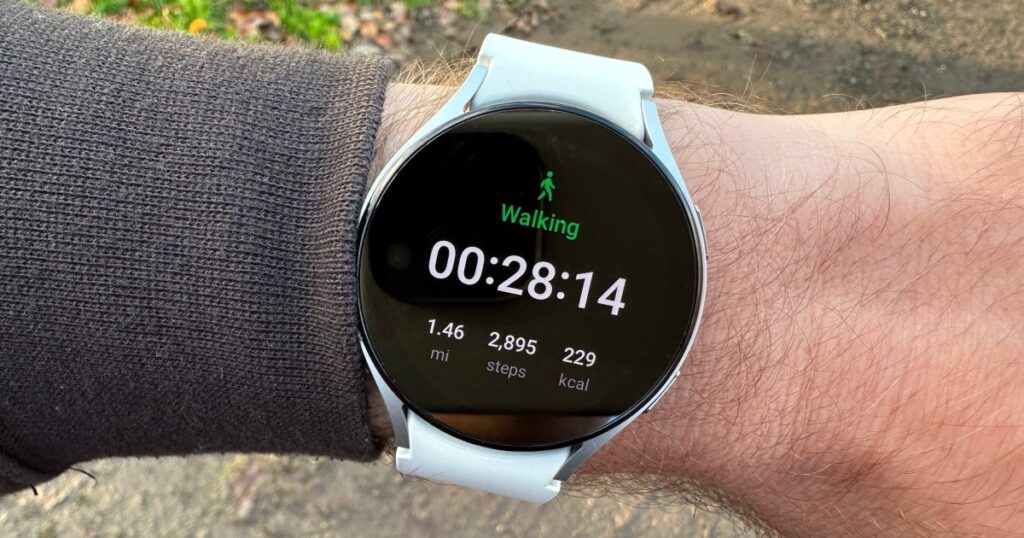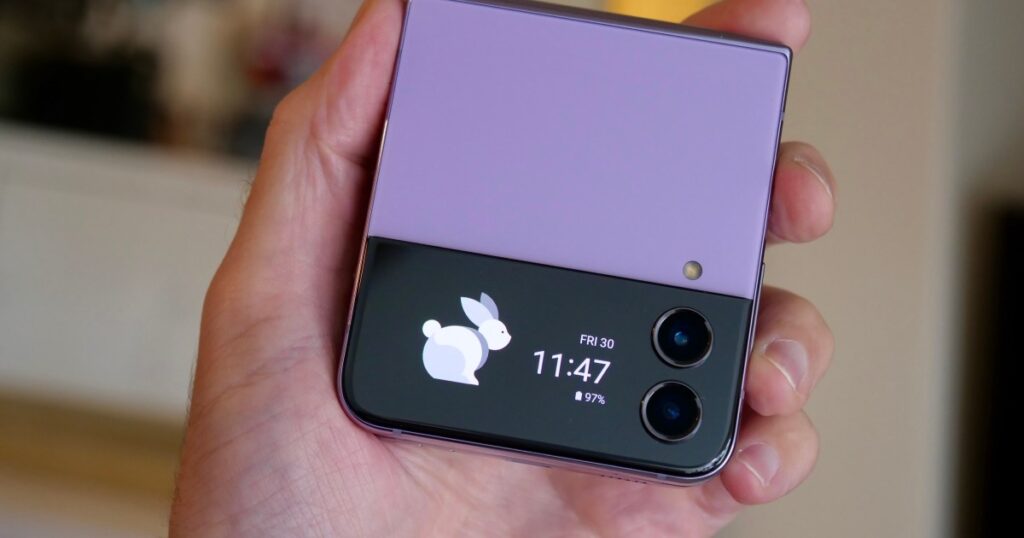
It may be some time before Android phones allow satellite connectivity to aid users in emergency scenarios, with Qualcomm scrapping its ambitious Snapdragon Satellite plans. Apple introduced Satellite SOS support with the iPhone 14 series last year, which was intended to help people when they are out of cellular or broadband coverage range.
This feature allows you to message emergency responders, share location, and request roadside assistance. But not long after, there was hope for Android phones. Earlier this year, Qualcomm announced Snapdragon Satellite with the goal of emulating Apple’s initiative for Android phones.

Qualcomm said it would be “the world’s first satellite-based two-way enabled messaging solution”, although the company indicated it would be exclusive to high-end phones only. The satellite connection feature was baked in at the hardware level on the phone powered by the Snapdragon 8 Gen 2 chip using the onboard Snapdragon 5G modem-RF system.
Virginia-based Iridium took over the satellite infrastructure as Qualcomm’s chosen partner. The chip maker said satellite-based emergency messages will appear on phones in 2023. That didn’t happen, and unfortunately, the chances of Qualcomm playing a role in bringing satellite connectivity to Android phones in 2024 appear slim.
This is because Qualcomm has ended the Snapdragon Satellite project. “Qualcomm informed Iridium that it has decided to terminate the agreements effective December 3, 2023,” Iridium wrote in a press release. The reason behind the deal breaking was that smartphone manufacturers did not implement the technology provided by Qualcomm in their smartphones.

Apple isn’t the only company to offer satellite connectivity service on smartphones, and the world of Android isn’t entirely isolated to this either. Bullitt Group’s CAT S75 is an Android device that features direct-to-satellite communications. But unlike Apple’s emergency-only approach, Bullitt also lets you send messages to anyone in your contacts list.
In the case of the CAT S75, it is not Qualcomm but MediaTek that is offering satellite connectivity courtesy of its NTN (Non-Terrestrial Network) chip. Of course, satellite connectivity isn’t free. The Essential plan costs 5 euros and allows 30 messages per month, while the 30 euro plan increases that number to 400 messages.
Motorola also used the Bullitt Group for the Motorola DeFi Satellite Link, a Bluetooth-based puck that allows any smartphone to send and receive texts over a satellite link. The IP68-rated rugged device also lets a person tap a dedicated SOS button to call for emergency help without pairing their phone.
Why did the Snapdragon satellite fail?

But why were Qualcomm’s plans scrapped? Consumer technology analyst Avi Greengart wrote on X, formerly Twitter, that Android smartphone makers were not keen on a proprietary solution to the phone-satellite feature. But that’s exactly what Qualcomm was offering. Smartphone brands were looking for a standards-based solution that would give them greater leverage in their partnerships with satellite service providers like Iridium.
“Apple is doing emergency SOS via satellite on its own, and if it starts charging after two years, it has an extensive service platform with crores of accounts for billing. Most smartphone vendors do not have this capability. Wireless carriers have a billing relationship with their customers, so they would be a natural choice to act as middlemen,” Greengart tells .
Talking about carriers, work is still going on. Elon Musk-led SpaceX teamed up with T-Mobile last year, announcing that the magenta carrier’s customers would be able to use the Starlink satellite network without any special hardware attached to their phones. Beta-testing of the service was scheduled to begin later in 2023.
Next Steps for Satellite on Android

Notably, SpaceX has made similar deals with carriers in several countries, including Australia, Canada, Japan, New Zealand and Switzerland. AST Spacemobile is also eyeing a “cellular broadband straight to your phone” feature. Last month, AST Space Mobile – in partnership with Vodafone – successfully managed the world’s first 5G voice call over a satellite network and achieved downlink speeds of 14Mbps over a cellular broadband link.

Amazon is helping Vodafone expand its 4G and 5G services in Africa with a high-bandwidth, low-latency satellite network provided by Project Kuiper Group. Verizon has struck a similar deal to exploit Amazon’s low-Earth orbit (LEO) satellites. Indian giant Jio has started testing satellite-based gigabit internet service in several locations.
where do we go from here?

It’s becoming clear that satellite service providers (like SpaceX and Amazon) and carriers will play a key role in bringing satellite connectivity to phones, not just chipmakers like Qualcomm who are introducing custom hardware. It’s unlikely that Qualcomm was covering the cost of its Snapdragon Satellite Modem hardware, meaning smartphone brands would have to pay a higher price for the proprietary technology.
Instead, smartphone companies are considering a standards-based approach where they can get more flexibility by talking directly with carriers and satellite operators. But how far away are we from a future where companies like AST SpaceMobile — which is already working with T-Mobile and several of their global carriers — can massively expand their satellite-to-phone 5G services?
“AST Spacemobile requires approximately two dozen satellites for coverage in key geographic areas, and 90 satellites to provide global coverage. Currently, there are two in its orbit. It’s preparing five for launch early next year,” Greengart tells DigitalTrends. “If the launch goes well I hope to start small trials, but I don’t expect full service before 2025, and it depends on a lot of things.”
In-depth information about Qualcomm’s Snapdragon satellite hiccups and the overall state of the industry is available here Report on Techsponential, a firm where Greengart serves as president.



